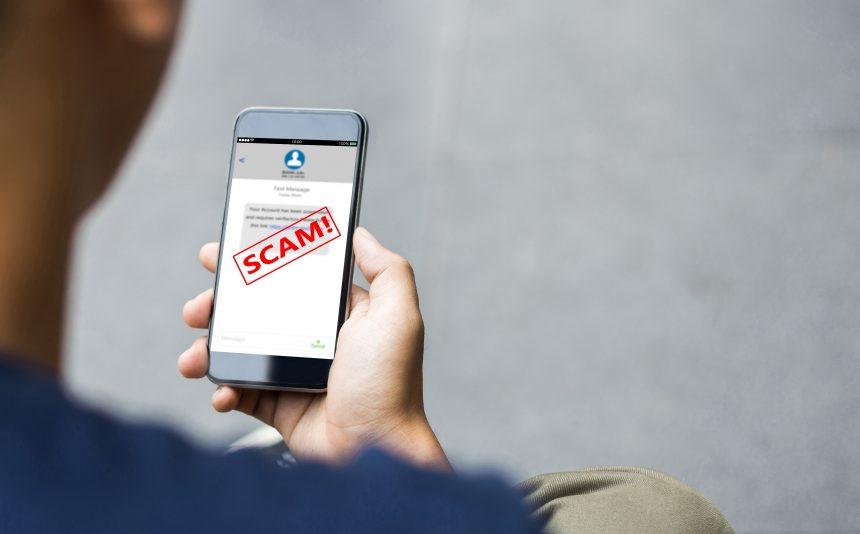Phishing scams have become increasingly sophisticated, often masquerading as legitimate communications to deceive individuals into divulging sensitive information. One such scam is the “Emails Need Your Attention” phishing email, designed to trick recipients into providing personal or financial information. This article will explain the nature of this phishing scam, its impact, and provide a detailed guide to removing associated malware.
What Is a Phishing Scam?
Phishing is a type of cyber attack where scammers impersonate legitimate entities to trick individuals into providing confidential information, such as login credentials or financial details. These scams often come in the form of emails that appear to be from reputable organizations, urging recipients to take immediate action. The goal is typically to steal personal data, install malware, or gain unauthorized access to systems.
The “Emails Need Your Attention” Phishing Scam
The specific phishing scam addressed here involves an email that uses alarming language to create a sense of urgency. Here’s a closer look at this particular threat:
Source and Details
- Email Address: The phishing email is often sent from a suspicious or misleading email address that might closely resemble a legitimate one but with slight variations. For example, it could come from addresses like “support@fakecompany.com” or “info@secure-update.com”.
- Subject Line and Content: The email subject might read something like “Emails Need Your Attention” or “Urgent: Action Required on Your Account”. The content usually claims that there is an issue with your account or recent transactions that requires immediate resolution. It may contain links or attachments that, when interacted with, lead to malicious websites or download malware.
Purpose and Instructions
The email typically instructs the recipient to click on a link or download an attachment to “resolve the issue.” This link might direct them to a phishing website that mimics a legitimate site, where they are prompted to enter personal details. Alternatively, the attachment could be malware designed to infect the recipient’s computer.
Text presented in the “Emails Need Your Attention” spam email letter:
Subject: Alert: Important Messages Require Your Review
This email has been verified by ********’s automated system.
Hello ********,
We noticed a few emails in your inbox that need your attention. As part of our ongoing effort to keep your account secure, we’ve temporarily held some messages for review.
Please take a moment to review these emails and manage your inbox:
Review Held Messages
Thank you for your prompt action and continued support.
Best regards,
The ******** Support Team
If you have any questions, please contact our support team.
© 2024 ********. All rights reserved.
Threat to the Infected System and Individual:
Once the phishing email’s instructions are followed, the consequences can be severe:
- Data Theft: Personal, financial, or login information may be stolen.
- System Compromise: Malware installed via attachments or links can compromise system security, leading to unauthorized access and further damage.
- Financial Loss: If banking or payment details are accessed, financial loss or fraudulent transactions may occur.
- Identity Theft: Personal information can be used for identity theft, impacting credit scores and personal finances.
How to Remove Malware from a Phishing Attack
If you have fallen victim to this phishing scam and suspect malware infection, follow these detailed steps to remove it:
1. Disconnect from the Internet:
- Disconnect your computer from the internet to prevent further data transmission and spread of the malware.
2. Boot into Safe Mode:
- Windows: Restart your computer and press F8 repeatedly during startup. Select “Safe Mode with Networking” from the boot options menu.
- Mac: Restart and hold down the Shift key to enter Safe Mode.
3. Scan for Malware:
- Download SpyHunter: Use a reputable anti-malware tool like SpyHunter to perform a thorough scan. You can download it from the official SpyHunter website.
- Install and Run SpyHunter: Follow the installation prompts. Once installed, open SpyHunter and perform a full system scan. This will detect and remove any malware associated with the phishing scam.
4. Remove Suspicious Programs:
- Windows: Open Control Panel > Programs and Features, and uninstall any suspicious programs you do not recognize.
- Mac: Go to Finder > Applications, and remove any unfamiliar applications.
5. Clear Browser Data:
- Chrome: Go to Settings > Privacy and Security > Clear Browsing Data. Select “All Time” and clear cached images and files, cookies, and other site data.
- Firefox: Go to Options > Privacy & Security > Cookies and Site Data > Clear Data.
- Edge: Go to Settings > Privacy, Search, and Services > Clear Browsing Data > Choose what to clear.
6. Update Passwords:
- Change passwords for any accounts that may have been compromised. Ensure that you use strong, unique passwords for each account.
7. Check for Updates:
- Ensure that your operating system and all software are up to date to protect against vulnerabilities.
Preventing Future Scams
To avoid falling victim to similar scams in the future:
- Be Cautious with Emails: Do not click on links or download attachments from unknown or unexpected emails.
- Verify Authenticity: Contact the organization directly using official contact details if you receive a suspicious email claiming to be from them.
- Use Security Software: Keep reputable anti-malware software like SpyHunter installed and up to date.
- Educate Yourself: Stay informed about common phishing tactics and remain vigilant.
For comprehensive protection, download SpyHunter and run a free scan to detect any potential threats on your computer. Regularly updating your security measures and being cautious with online communications are crucial steps in safeguarding your personal and financial information.
If you are still having trouble, consider contacting remote technical support options.





